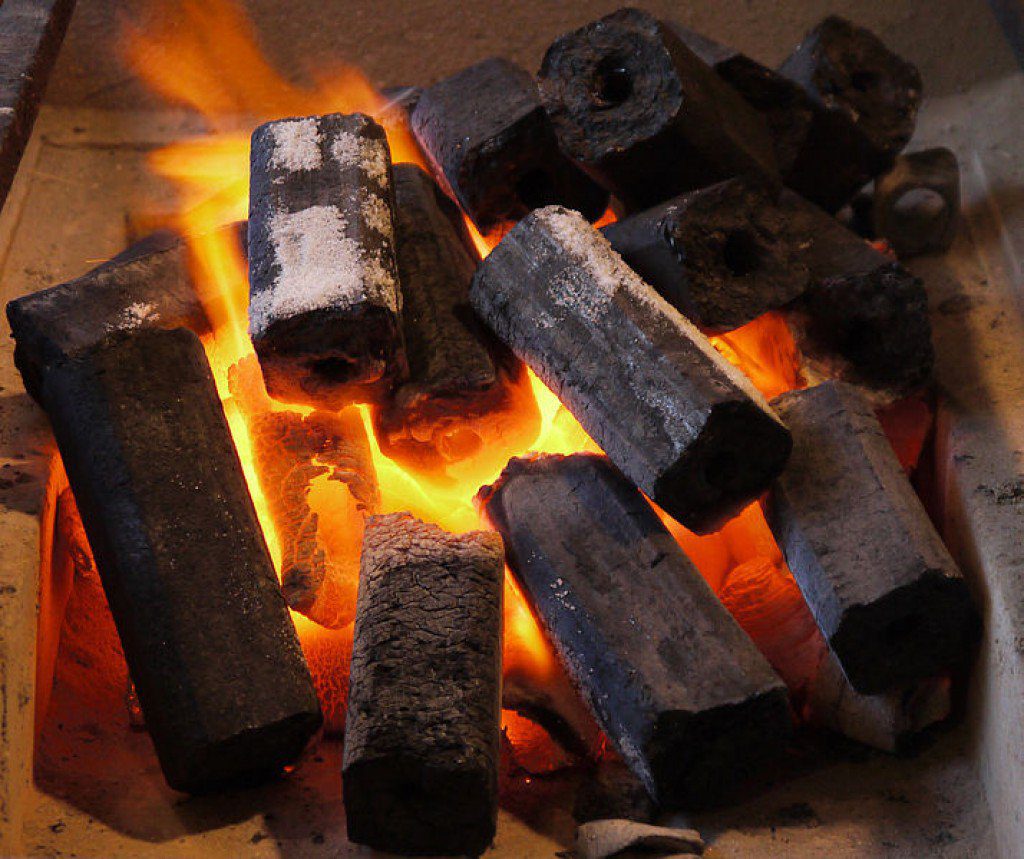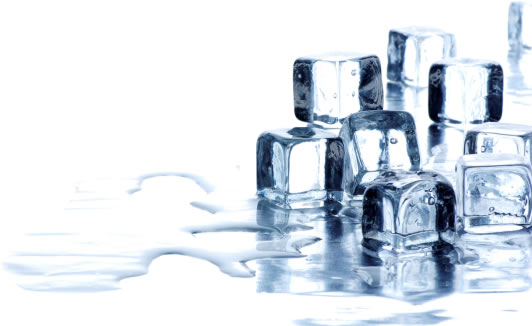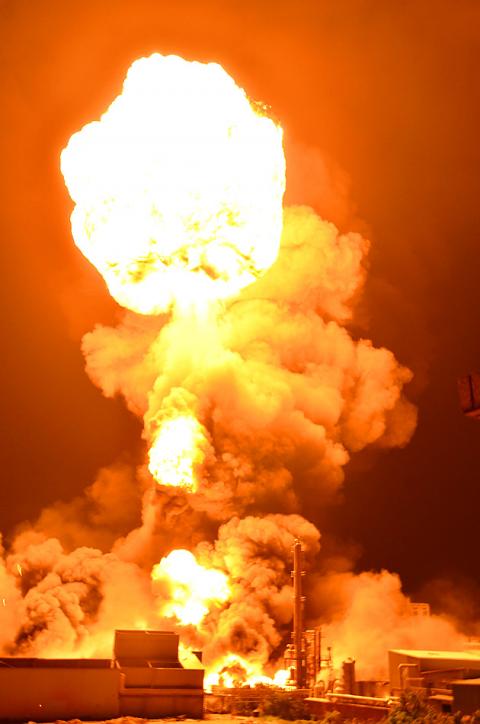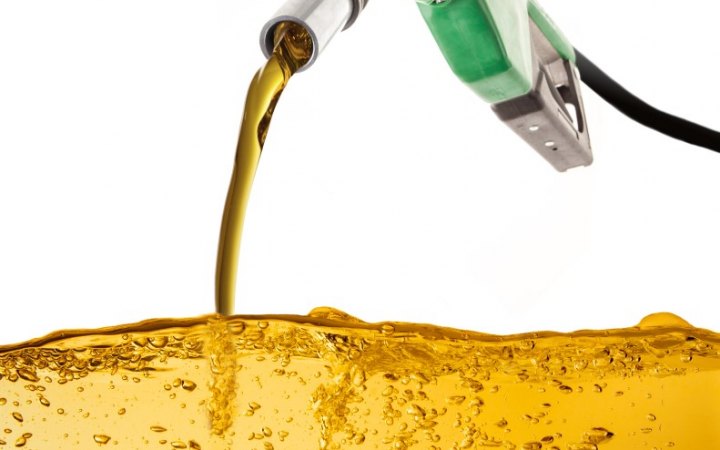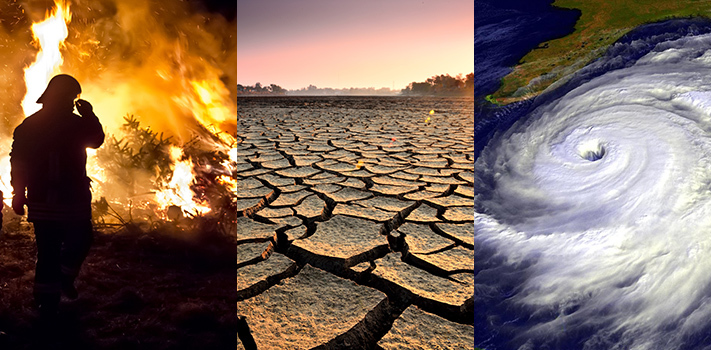
1. Understanding Earth’s energy balance is essential to understanding the issue of global warming. For example, the solar energy striking Earth’s surface averages 168 watts per square meter (W/m²), but the energy leaving Earth’s surface averages 390 W/m². Why isn’t Earth cooling rapidly?
Even though the amount of energy emitted is more than double the amount received, Earth does not cool rapidly because the atmosphere retains much of the emitted energy.
2. Describe & explain where the stamen is correct or incorrect. Explain.
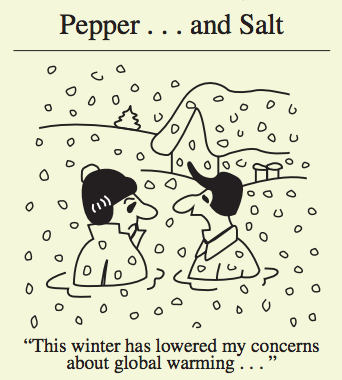
When temperature measurements are extrapolated into the future, predictions made by Arrhenius of a 5–6 °C rise in the average temperature of the planet’s surface may need to be revised. Current estimates from the United Nations predict that average temperatures will increase somewhere between 1.4 °C and 5.8 °C (2.5 °F and 10.4 °F) by the year 2100. Other scientists, looking at a possible doubling of CO 2 emissions in the future, estimate a temperature increase between 1.0 °C and 3.5 °C (1.8 °F and 6.3 °F). Future temperature changes can be influenced, at least to a considerable extent, by the human beings who inhabit this planet. We are a long way from the out-of-control hothouse of Venus, but we face difficult decisions. These decisions will be better informed with an understanding of the mechanism by which greenhouse gasses interact with radiation to create the greenhouse effect. For that, we must again take a submicroscopic view of matter.
3. One of the first radar devices developed during World War II used microwave radiation of a specific wave range that triggers the rotation of water molecules. Why was the design not successful?
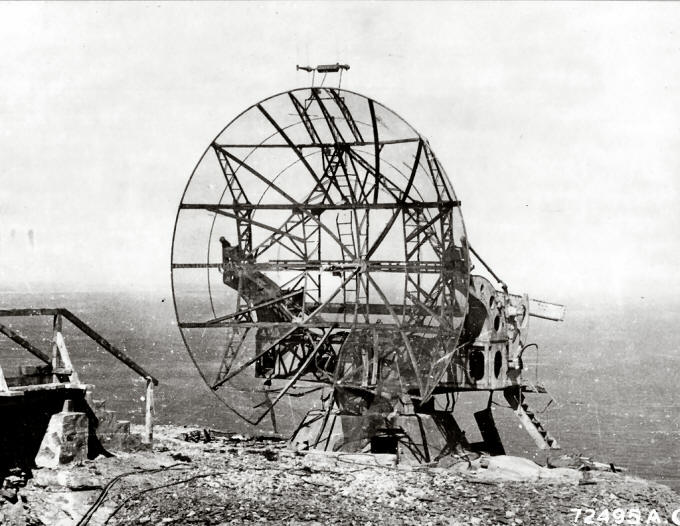
One of the first radar devices developed during World War II used microwave radiation of a wavelength that triggers the rotation of water molecules. This was unfortunate because:
i. it heated up the air around the machine.
ii. it caused diseases in the operators of the radar.
iii. absorption of microwave radiation by water in the atmosphere interferes with the detection of intended objects.
4. Now that you have studied air quality (Unit 1), stratospheric ozone depletion (Unit 2), and global warming (Unit 3), which do you believe poses the most serious problem for you in the short run (pick one and explain)? In the long run (pick one and explain why)?
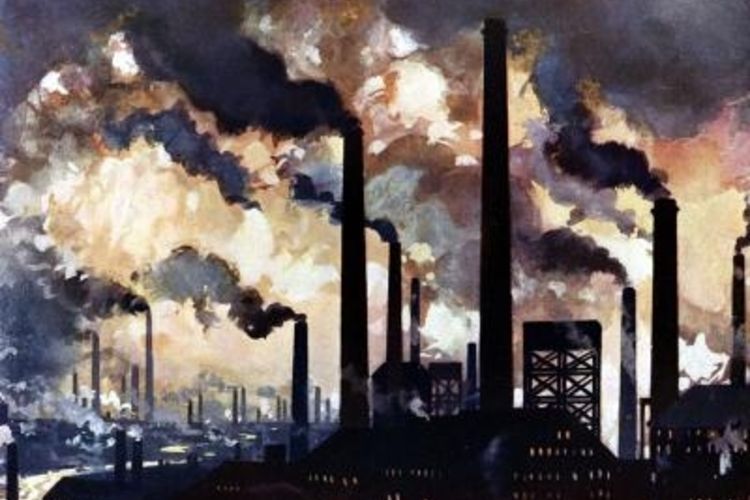
Answers will likely depend a little on geography. Air quality will likely be the most serious short term concerns of my group, especially with the speed industrial is growing. Take a look at quality of air from Beijing, polluted by the factories or the cost saving method that result in haze and deforestation in Indonesia. The ozone hole is probably too far removed for students like us to have felt the impact directly. Depending on the perceptions of seriousness of climate change, ozone layer depletion will likely be the most serious long term concern we have.


